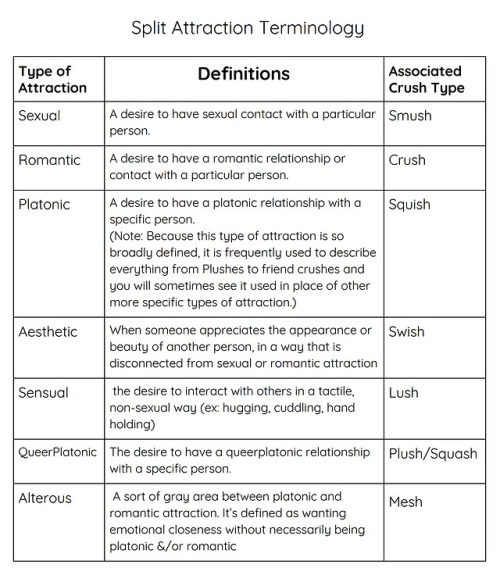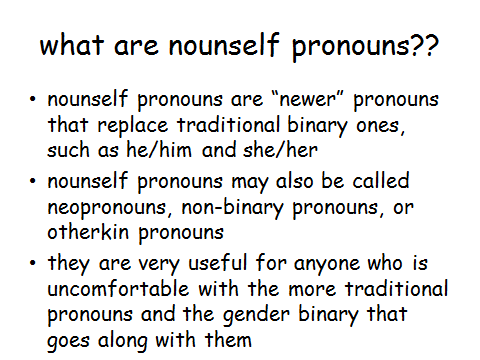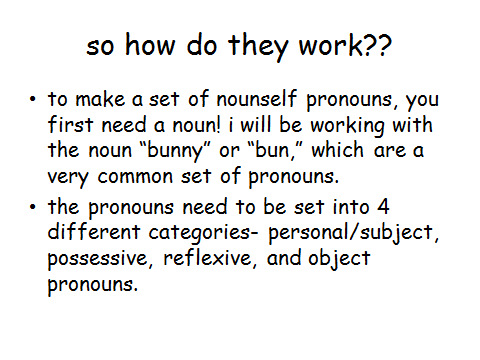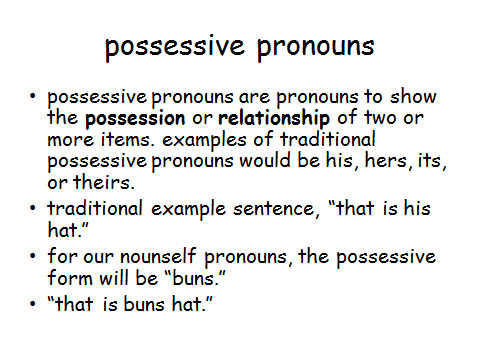I hope it’s clear!
(In case y’all still don’t know english is NOT my first language sorry)
Here’s the post mentioned btw : https://another-confused-ace.tumblr.com/post/620381965243301888/this-pride-dont-forget-about-us-id-this-pride
Mason’s guide to the MOGAI+ community:
Hello! I have noticed that a few people in my own personal life have wanted to get into the MOGAI+ community and haven’t known how! In this, I will teach you my ways of thought when coining and making flags.
Step 1: The flag.
To make a flag, install an art making software (I use GIMP!, it is free.). After you have installed an art program, get a template. @Pride-Flags and @neo-pronouns on DeviantArt have hundreds of templates and flags to choose from. I use these two as my main providers. After downloading the flag template of your choice (and possible additions or modifications to the flag), move on to colors.
Step 2: Colors!
In order to make a “not too similar” or a “not too boring” colored flag, simply use Google’s color picker feature. Searching “color picker” on Google will yield a HEX wheel. After this, choose a color palette of your choice, although I will say what TO DO and NOT TO DO.
DO NOT:
- Choose colors that are similar to other flags
- Choose colors too similar to each other
- Choose bright, overbearing colors such as solid red or orange. These cause eyestrain.
DO:
- Choose conveying colors. The more the colors convey the idea, the better it comes off overall.
- Choose colors that are softer and different from one another.
- Be creative with colors. Don’t reuse the same kind of palette over and over, but you can use gradients as well.
Step 3: The Term Name
Choosing a name for your term is rather simple. Picking a word from another language that combines with the flag conveying colors can make or break the term. I usually use Western European languages and Germanic languages, or simply endangered languages I want to keep alive. This is due to the differences in Romanization of these languages compared to Eastern European, African, and other world languages. I also use languages I am most familiar with, so French, Latin, German, and some English is prevalent. Lesser known languages are also used in my terms. These include Vilamovian, Samoyedic and Karelic languages, and Far Northern languages like Icelandic, Norwegian, and Greenlandic. Swedish is common for me as well. Once a word is chosen (preferably one that can be easily pronounced), plug it into a prefix or suffix. Using the -gender suffix is relatively overused, and using the Gender- prefix is also fairly used interchangeably. After this, move to step 4.
Step 4: Posting On Tumblr
Posting the gender(s) on Tumblr can cause backlash if you are newer to this, but if you have no problem with handling discourse, block the transmeds and other bigots that are on your blog. Do not feed into them.
Step 5: Completed!
Once your gender is posted, this process is completed! The same process can be applied to both pronoun coining and orientation coining.
Thank you for reading.
~ Mason, your MOGAI friend.



















